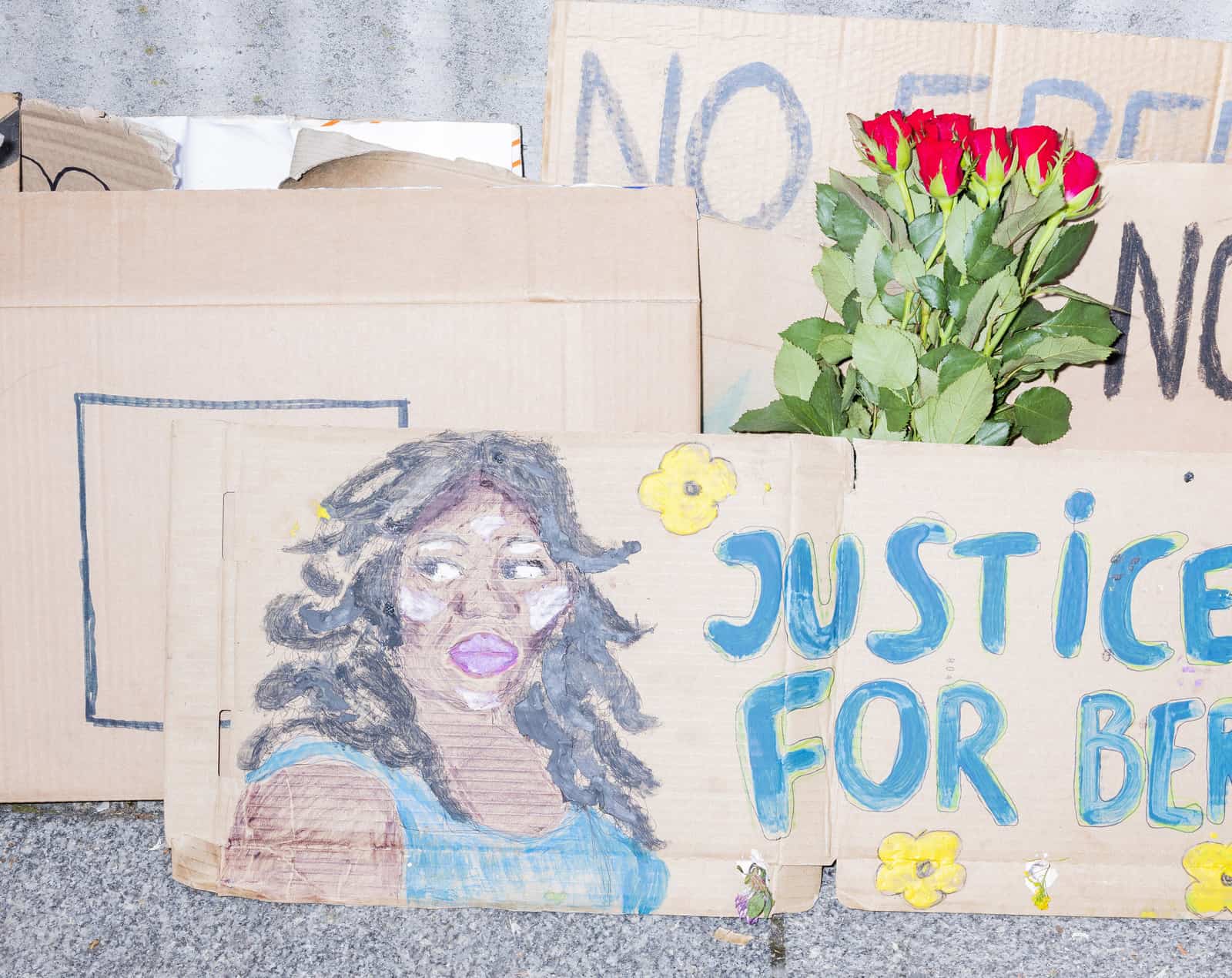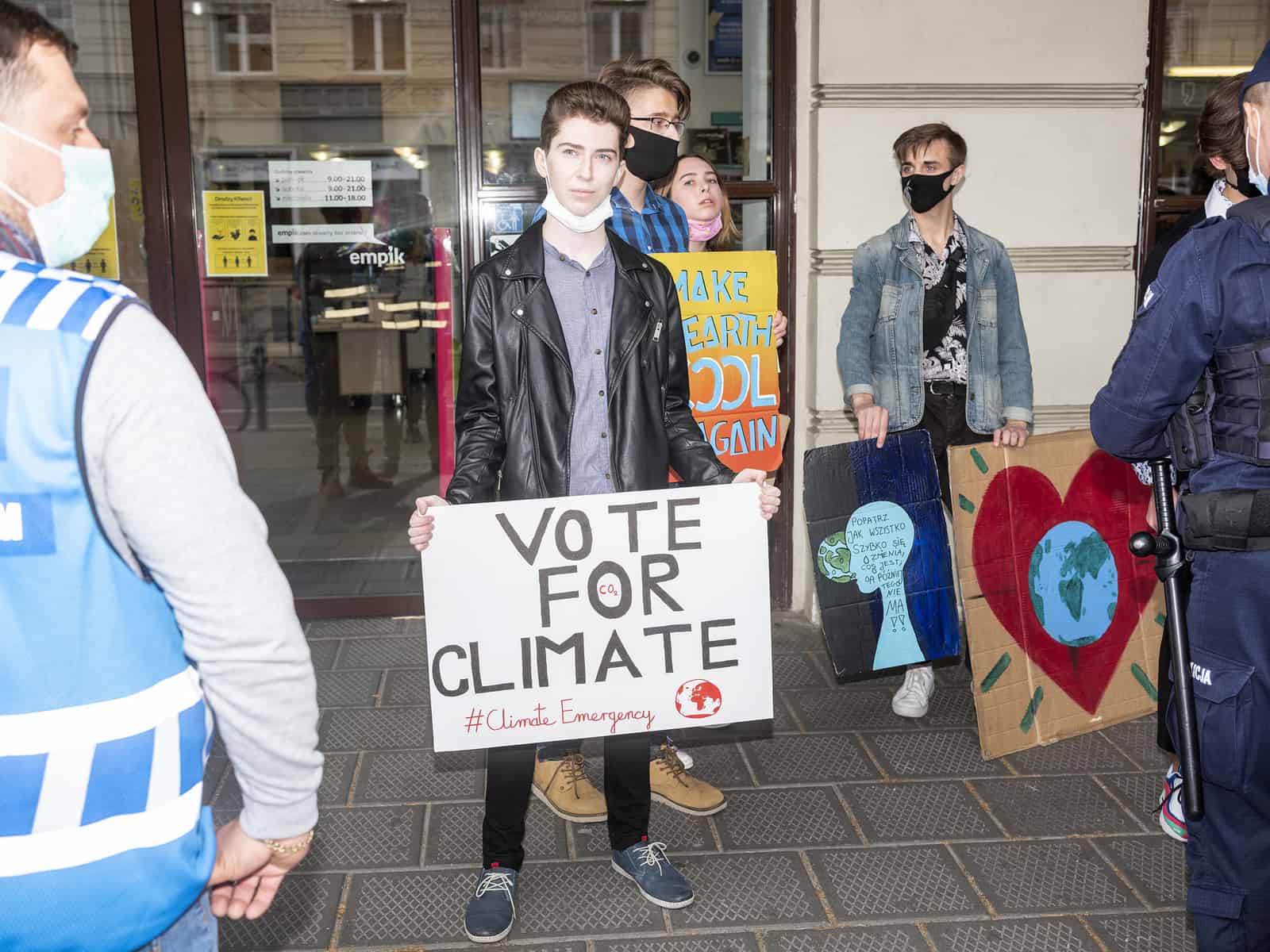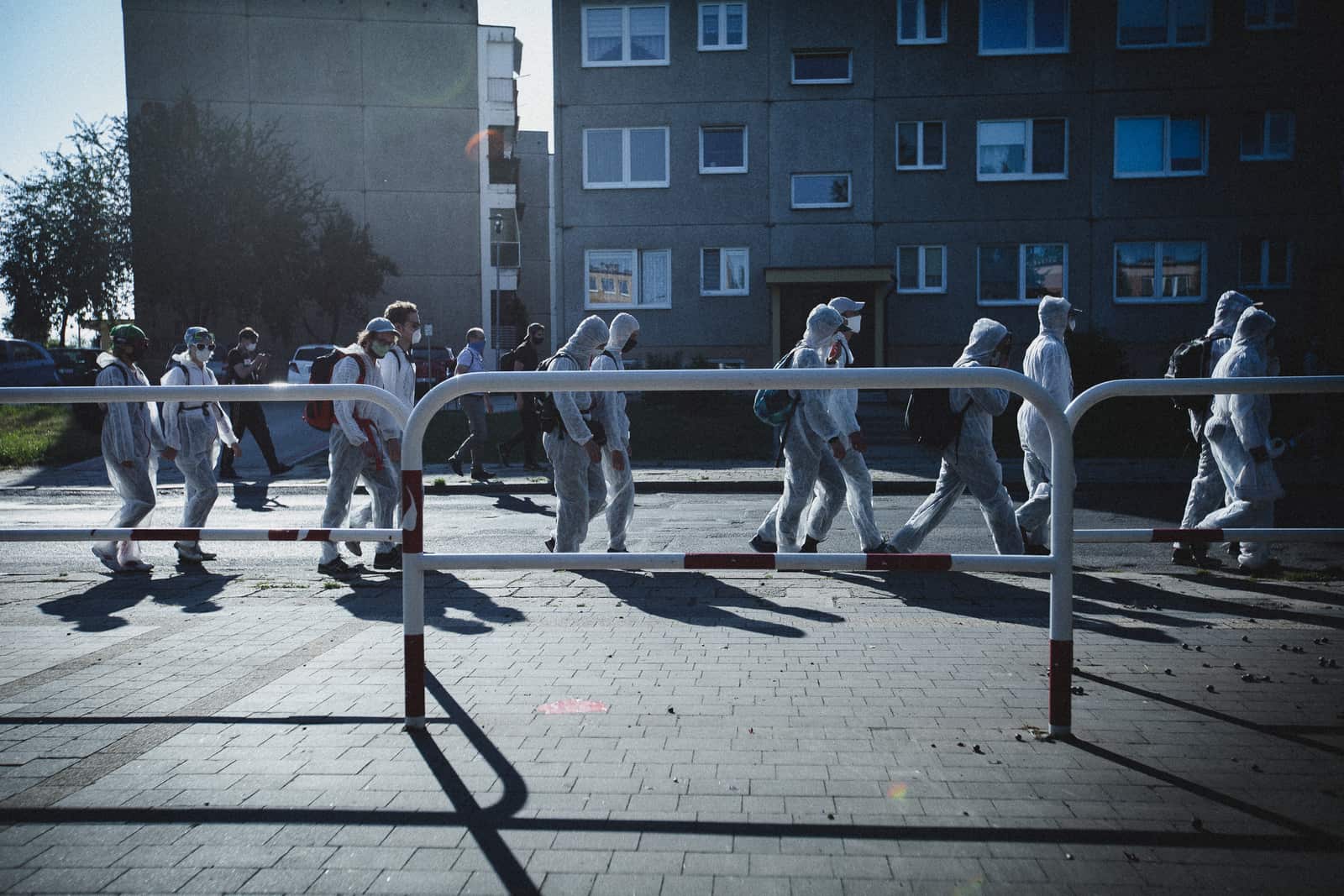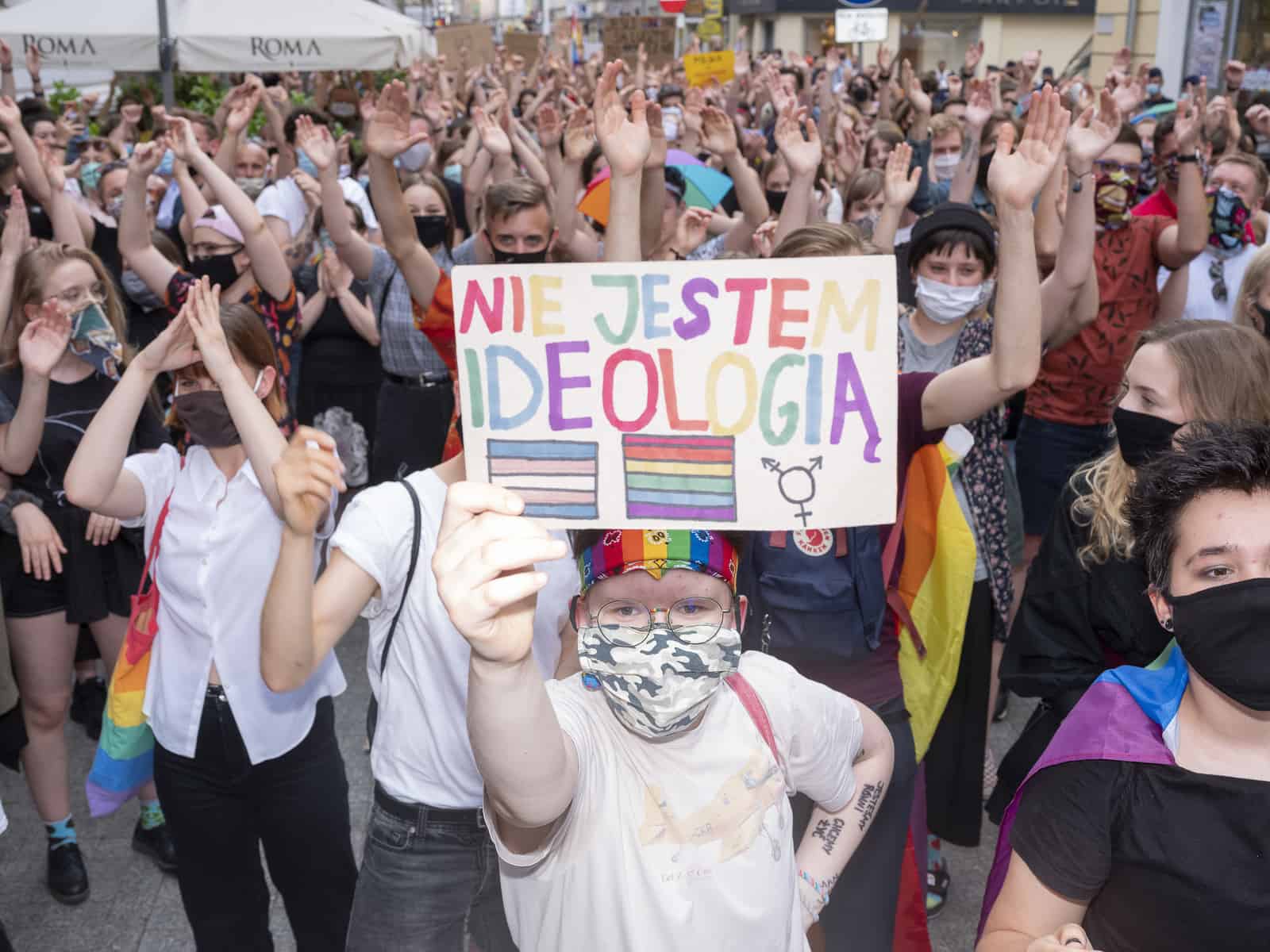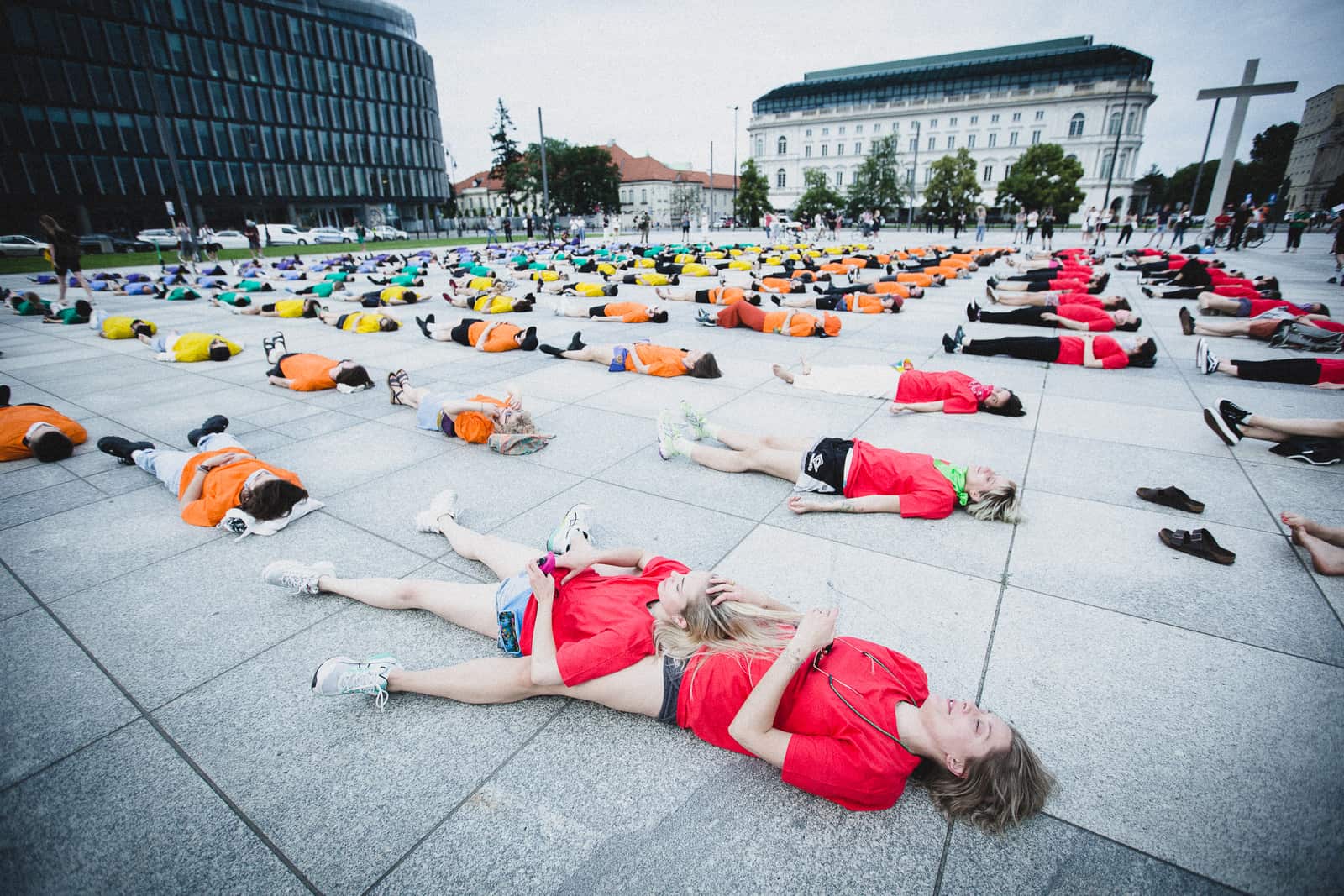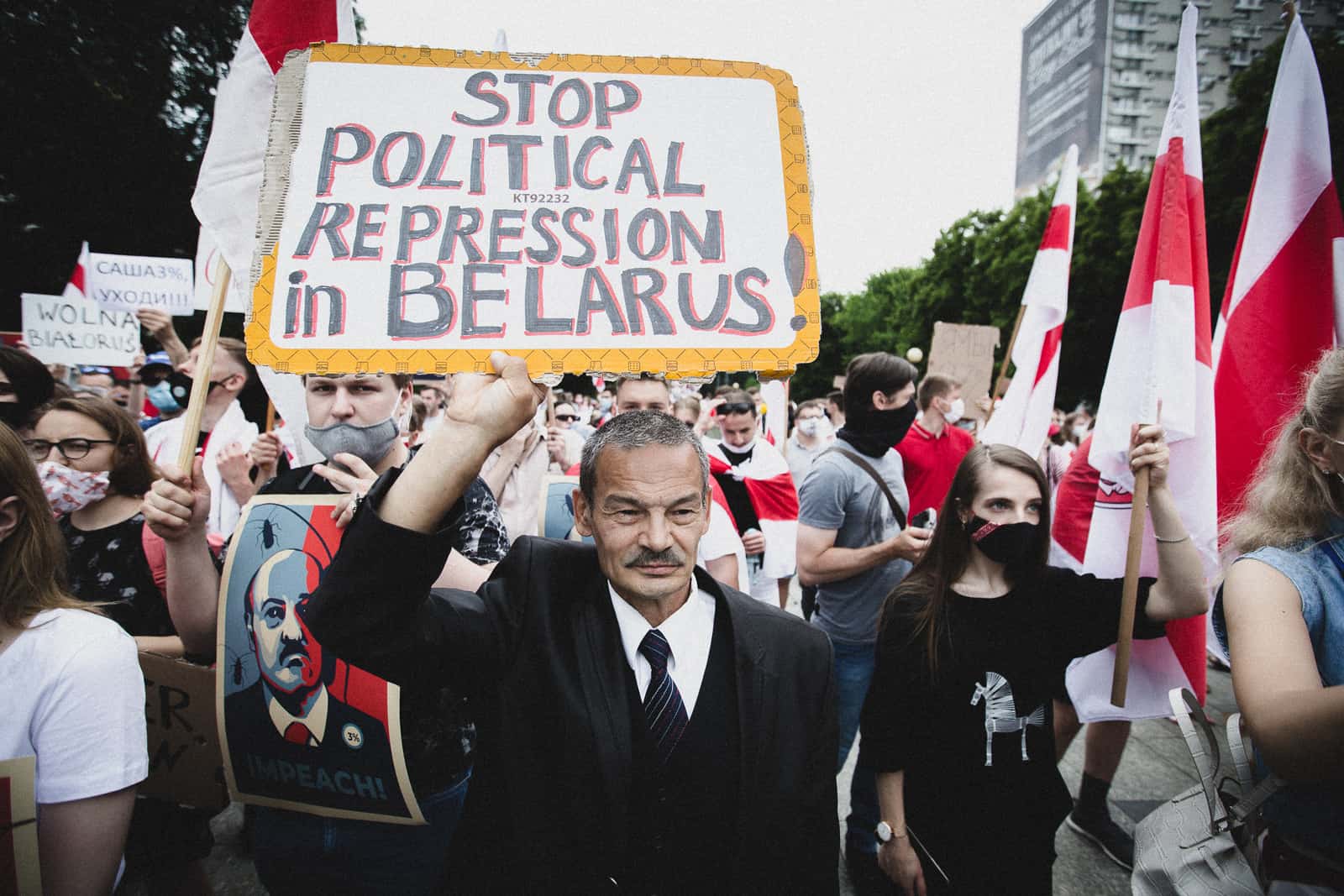Exactly one year ago, I was texting my dear friend who back then lived in a town located in close proximity to Wuhan – the supposed origin of COVID-19. At the time, I was worried for my friend yet strongly convinced that we – the rest of the world – were safe. However, a couple of months later and to the great surprise of many, the situation has unfolded differently. At the beginning of March, the world shut down. I remember watching the world map simulation turning orange and red from one day to the next. At one point, the entire globe was covered with colours, percentages and numbers. At this stage we already knew: our lives were going to change.
For people like me – living a comfortable and privileged life in Western Europe – the main change included switching from in person meetings to virtual calls on Zoom or similar services. However, for many others it meant losing a job, a business, or a loved one. It meant sacrificing a relationship, your own mental health and more. Despite slogans claiming that ‘the virus knows no borders’, the pandemic clearly touched some communities more than others.
During the first months, we all lived in fear of not knowing what would come next and how long this new reality would last. Then, step by step, we slowly started getting used to the new normal and adapting to the new ways of living: working from home, social distancing, wearing face masks, using hand sanitizer and so on.
Black Lives Matter
At the beginning of June, after months of isolation and narrowing my social encounters to the minimum, I suddenly found myself standing in a public square in the centre of Amsterdam (where I live), surrounded by thousands of other people. In the aftermath of George Floyd’s killing – one of the many brutal murders of African Americans by the US police – people all over the world started joining the Black Lives Matter (BLM) movement to protest against police brutality and racially motivated violence against black and brown people. The George Floyd protests of 2020 spread far beyond the borders of the United States, exposing systemic racism and the way it operates around the world.
The BLM protests reached Poland as well. In the first weeks of June, a photograph of a young girl holding a banner ‘Stop calling me Murzyn’ went viral on social media platforms. Taken by famous Polish photographer Rafal Milach, the photograph depicted a ten-year-old Bianka protesting against people calling her the Polish equivalent of the N-Word. The seemingly innocent image sparked a wave of criticism and hate speech from other Polish citizens who claimed that ‘Murzyn’ has nothing to do with the “American” N-Word. They claimed that Poland was never an imperial power and so it was not able to implement systemic racism like the US or other European powers had. In order to prove that the matter was a little more complicated than that, many people across the country began showing resistance and educating others through various forms of activism.
Warszawa 04.06.2020 Protest przed ambasadą USA przeciwko brutalności policji wobec społeczności afro-amerykańskich. 10-letnia Bianka z banerem “STOP CALLING ME MURZYN ” stała się ikoną walki z dyskrymninacją rasową w Polsce. (c) Rafal Milach
Warszawa 06.06.2020 Protest pod ambasadą USA przeciwko brutalności policji wymierzonej przeciwko czarnoskórym społecznościom w USA. (c) Rafał MIlach / APP #app #archiwumprotestowpublicznych #archiveofpublicprotests #blacklivesmatter
Poznan, 10.06.2020 Protest przeciwko rasizmowi i brutalnosci amerykanskiej policji. (c) Michal Adamski
COVID-19 protests and climate strikes
In contrast to the mass gatherings organised in support of BLM, the year 2020 has also seen a very different type of social movement: the anti-COVID-19 protests. These protests took on many forms and included a variety of sentiments ranging from being anti-mask, anti-lockdown, anti-vaccination and more. Taking place predominantly across the US, UK and Germany, the protest attracted people from various backgrounds, including the enraged working class who, due to COVID-19, became unemployed in large numbers, corona-deniers, conspiracy theorists, far-right activists and, like in the case of Berlin, Neo-Nazis. Governments all over the globe tried and are still trying to cope with the pandemic. Some governments clearly make their decisions in favour of the economy, while others lean more towards socially-motivated measures. All in all, there is no recipe for dealing with a world crisis of this magnitude. Some lives have been and will be sacrificed, while at the same time, there are people who will see the situation as an opportunity to put forward their political and ideological agendas that would not normally be given much attention.
The origin of COVID-19 is still a mystery to us. Some – like my 99 year old grandmother who lived through the entire WWII and the times of State Socialism in Poland – say it came from a Chinese lab. Some other more objective theories claim it was transmitted from an exotic animal that was sold to a human in a food market in Wuhan. No matter the theory, a pandemic of this scale didn’t appear out of thin air. I am strongly convinced that the way we consistently mistreat our planet contributed to the emergence of this virus.
Back in August 2018, Greta Thunberg began a school strike for the climate. Since then, many young people joined the “Friday for Future” and other actions to make governments finally admit to the climate crisis we find ourselves in. All in all, it is the big decision makers holding our tax money who can actually facilitate change. The pandemic with all of its restrictions did not stop young people across the globe from demonstrating and making their point: the planet won’t wait until the pandemic is over, we have to act now.
Poznan 30.05.2020 Aktywisci Mlodzieżowego Strajku Klimatycznego spisywani przez policję podczas spotkania Rafała Trzaskowskiego z wyborcami (c) Michał Adamski
25.07.2020 Kleczew, woj. Konińskie Protest Obozu dla klimatu ‘akcja nieposłuszeństwo obywatelskie’ w odkrywkowej kopalni węgla brunatnego (c) Agata Kubis
Poznan, 25.09.2020 Protest Młodzieżowego Strajku Klimatycznego pod hasłem: ‘Poznań dla sprawiedliwości klimatycznej” (c) Michał Adamski
Government actions
Unfortunately, instead of taking care of their people in these difficult times, many governments are trying to use the silence of the pandemic to push forward new political agendas, wrongly assuming that they can shut down the voices of resistance. In the case of Poland, the right-wing government used the pandemic to strip away the rights of minority groups and women. By claiming that the “LGBT+ communities are not people but an ideology”, the government opened a Pandora’s box. Despite the pandemic, thousands of people gathered throughout various cities of Poland to demonstrate against the violation of human rights.
Poznań 18.06.2020 Manifestacja w obronie osob LGBT+ przed siedziba Grupy Stonewall. (c) Michał Adamski
26.06.2020 Warszawa Cichy protest Lepiej Gdy Będziesz Tam, solidarność ze społecznością LGBT (c)Agata Kubis
Not long after, the Polish government made changes to the abortion law – which is already among the strictest in Europe. By denying women the right to a safe abortion in the case of the fetus having a serious defect, the government has induced a vast social movement whose agenda now goes far beyond the abortion law.

Warszawa 23.10.2020 Protest i marsz przeciwko orzeczeniu TK w sprawie zaostrzenia prawa aborcyjnego (c) Rafał Milach
In early August, the eyes of the whole world were on Poland’s eastern neighbour, Belarus. Belarusians marched down the streets of Minsk to protest against the falsified presidency of Alexander Lukashenko. The way Lukashenko neglected the pandemic and ignored the suffering of his people was one of the factors that motivated Belarusians to finally stand up and fight for their country. The protests have since taken over the entire nation with people showing resistance to the totalitarian regime they have lived under for the past 26 years.
Warszawa 27.06.2020 Marsz solidarności z Białorusią (c)Agata Kubis
Warszawa 27.06.2020,
Marsz Solidarności z Białorusią – mieszkający w Polsce Białorusini i wspierający ich Polacy utworzyli w centrum Warszawy żywy łańcuch protestując przeciwko represjom wobec politycznej opozycji na Białorusi. (c) Wojtek Radwanski
Back in March, the COVID-19 pandemic took us all by surprise. Today, almost a year later and one step into the new year, the world appears more hopeful than ever. Despite all of the grief, fear and instability, we as a society (in many places around the globe, going beyond what was mentioned in this article) stood up for our rights and united for a common cause. The pandemic has exposed all the good and bad that stands behind people and systems. In spite of all the injustice that happened in 2020, I am very hopefully that those young people who took over the streets in protest against systemic racism, human rights violations, homophobia, misogyny, totalitarianism and more will build a better tomorrow.
*All images for this article come from Archiwum Protestow Publicznych (Archive of Public Protests) archiwumprotestow.pl an open platform archiving images connected to socio – political tensions happening in Poland from 2016 onwards. Authors of the images include: Michal Adamski, Magda Bogdanska, Agata Kubis, Marcin Kruk, Adam Lach, Rafal Milach, Joanna Musial, Chris Niedenthal, Wojtek Radwanski, Bartek Sadowski, Karolina Sobel, Paweł Starzec, Dawid Zieliński.





